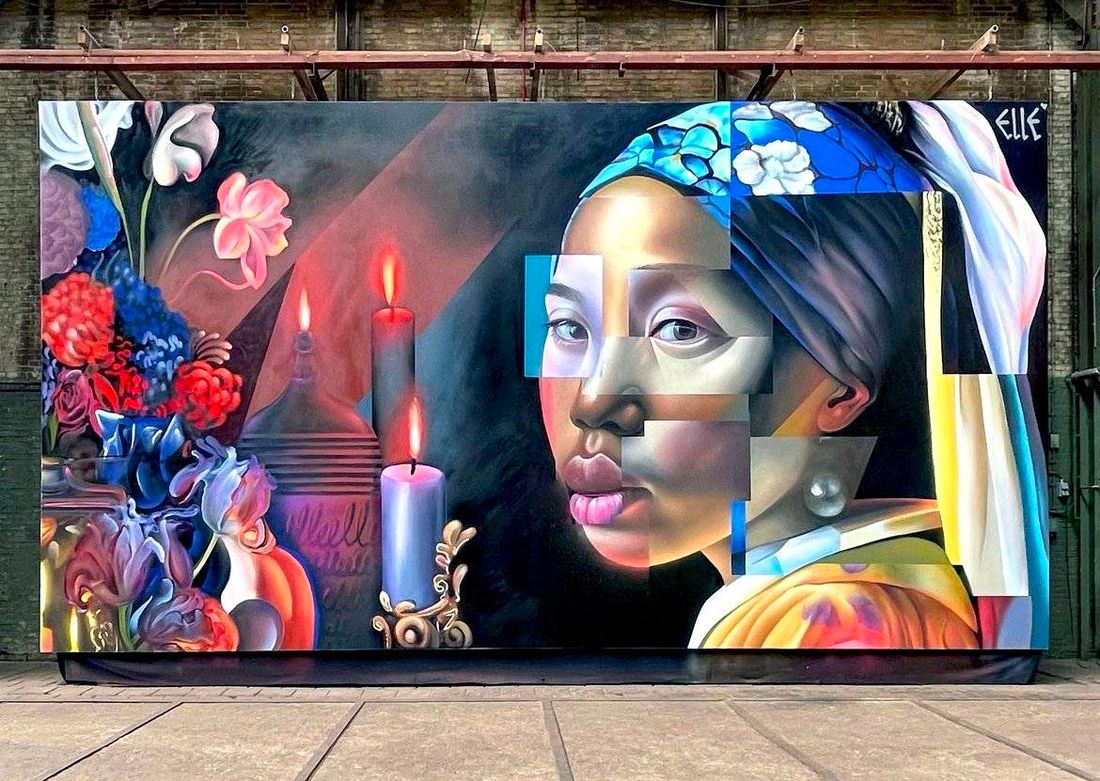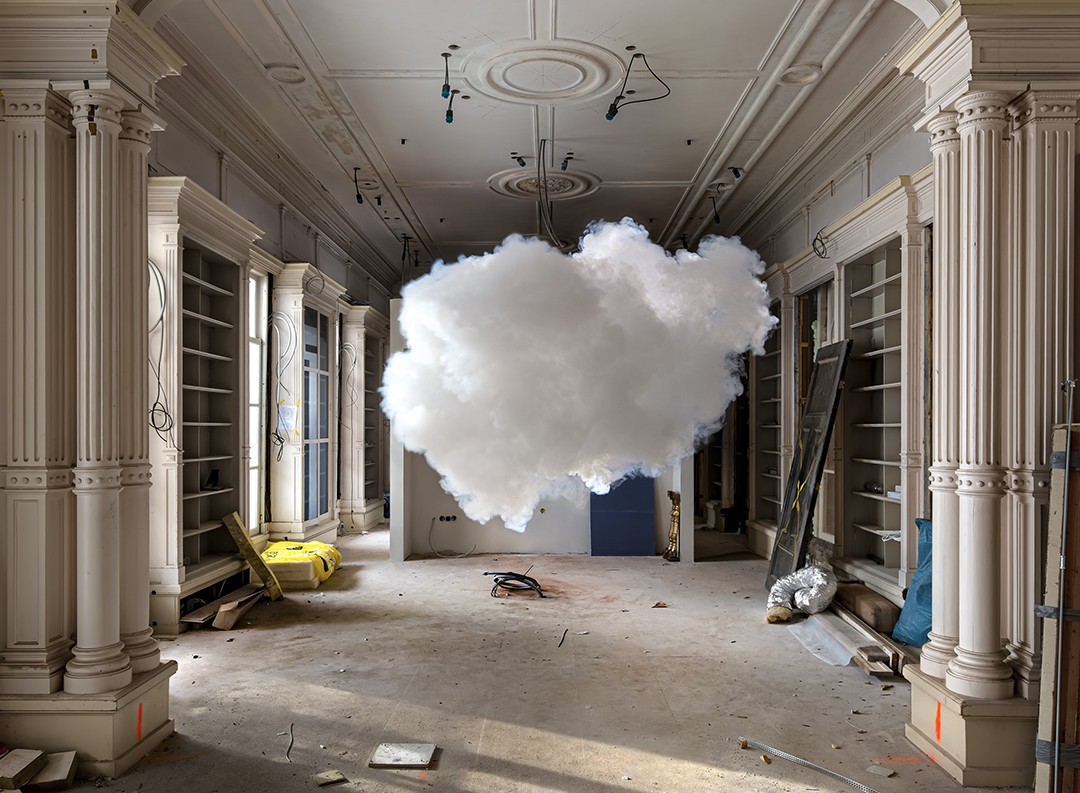Before the grand debut of Art Basel Miami Beach in 2002, Miami's art scene was relatively under the radar. The city, long seen as a haven for retirees and sun-seekers, began fostering its cultural identity in the 1980s and 1990s. Its diverse immigrant communities, particularly from Latin America and the Caribbean, started to lay the foundations for a rich artistic landscape that celebrated multiculturalism.
Key institutions such as the Center for the Fine Arts (now the Pérez Art Museum Miami, or PAMM) and the Bass Museum of Art were instrumental in establishing Miami as more than just a tourist destination. Meanwhile, grassroots efforts, like artist-run spaces and local galleries, were working to foster creativity in the community.
What truly accelerated Miami’s growth as an art hub was the involvement of influential art collectors who chose the city as the home for their world-class collections. Individuals like the Mera and Don Rubell, Dennis and Debra Scholl, Rosa and Carlos de la Cruz and Jorge Pérez not only brought remarkable works of art to Miami but also opened their collections to the public, creating spaces that elevated Miami’s cultural profile.

Yayoi Kusama's Narcisssus Garden at the Rubell Museum, Miami
The arrival of Art Basel Miami Beach in 2002 was a turning point for the city. Initially met with scepticism from the locals, the fair quickly exceeded expectations, drawing 160 galleries from 23 countries and attracting 30,000 visitors. Modelled on its prestigious Swiss counterpart, Art Basel Miami Beach brought instant credibility and visibility to Miami as a global art destination.
Beyond the main fair, satellite fairs like NADA and Scope began popping up, and Miami’s hotels and public spaces transformed into art venues during Basel week. This annual event turned Miami into an art epicentre, not just during Basel but year-round, as collectors and galleries began investing in the local scene.

Miami Beach Convention Centre
The Wynwood Arts District has also been a defining force in Miami's transformation. Once a neglected warehouse district, Wynwood became a haven for artists and galleries in the early 2000s. This revitalisation was spearheaded by visionary developer Tony Goldman, who saw the potential to turn the area into a cultural hub.
The Wynwood Walls project, launched in 2009, brought street art and graffiti to the forefront, attracting renowned artists like Shepard Fairey and Os Gêmeos. This open-air museum made Wynwood a must-visit destination for art lovers and tourists alike, boosting Miami’s global image as a city where art transcends traditional boundaries.

Bicicleta Sem Freio (“Bicycle Without Brake”), 2022, by Douglas de Castro and Renato Pereira

Street art by ELLE, 2024
Wynwood’s galleries, restaurants, and breweries now draw millions of visitors each year, making it an economic powerhouse. However, critics have noted that gentrification has displaced some of the original communities in the area, sparking ongoing debates about the balance between cultural growth and social equity.
Today, Miami’s art scene is flourishing like never before. Institutions like PAMM and the Institute of Contemporary Art, Miami (ICA) continue to attract major exhibitions, while the influence of the city’s key collectors remains profound. Local artists have gained a platform to showcase their work internationally, and Miami’s diverse population ensures that the art scene remains vibrant and inclusive.

Pérez Art Museum Miami
Art Basel Miami Beach remains a cornerstone of this legacy, but its influence extends far beyond the fair. The event serves as a reminder of how far Miami has come—from a cultural underdog to a leader in the global art world.
As the city prepares to host Art Basel Miami Beach once again, its galleries, museums, and neighbourhoods like Wynwood and the Design District will come alive with creativity. This annual celebration underscores Miami’s status as more than just a beach paradise—it is a city where art, culture, and community converge to create something extraordinary.


